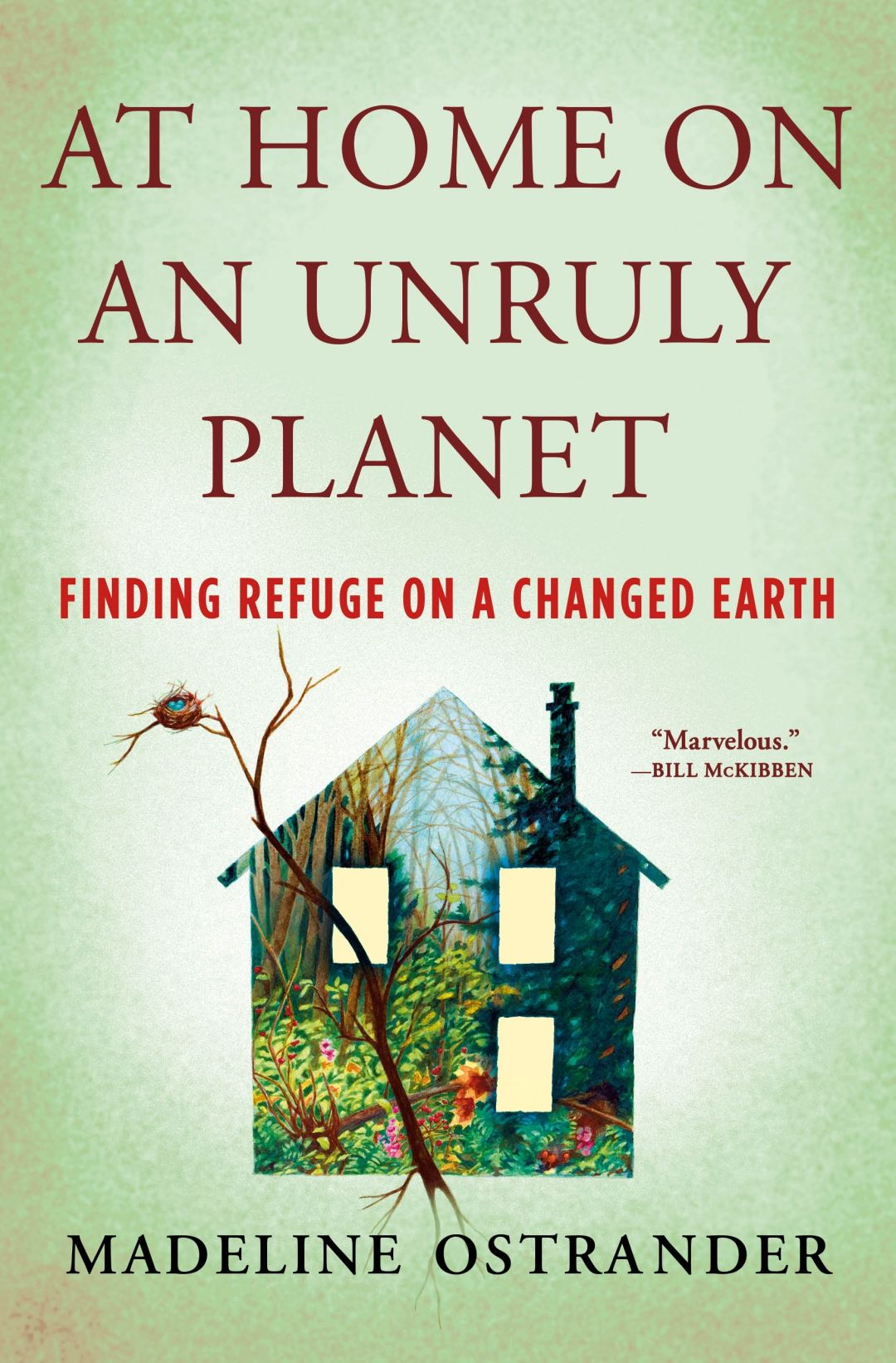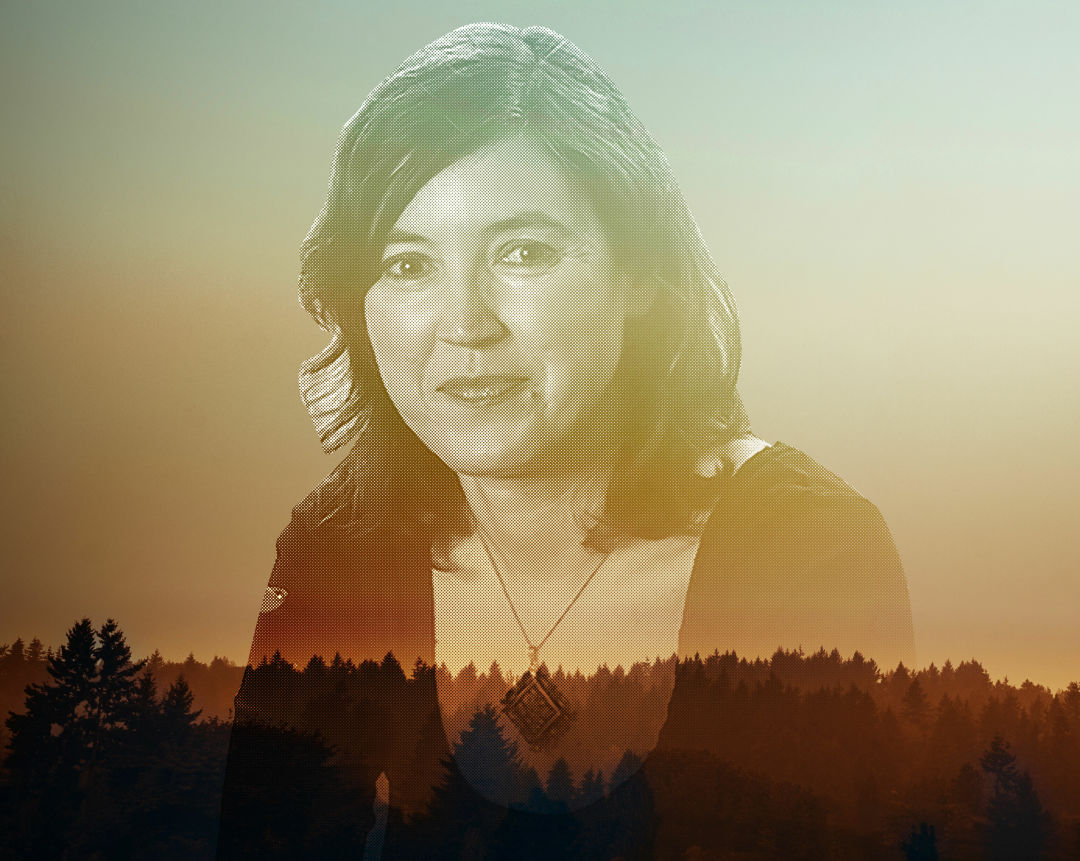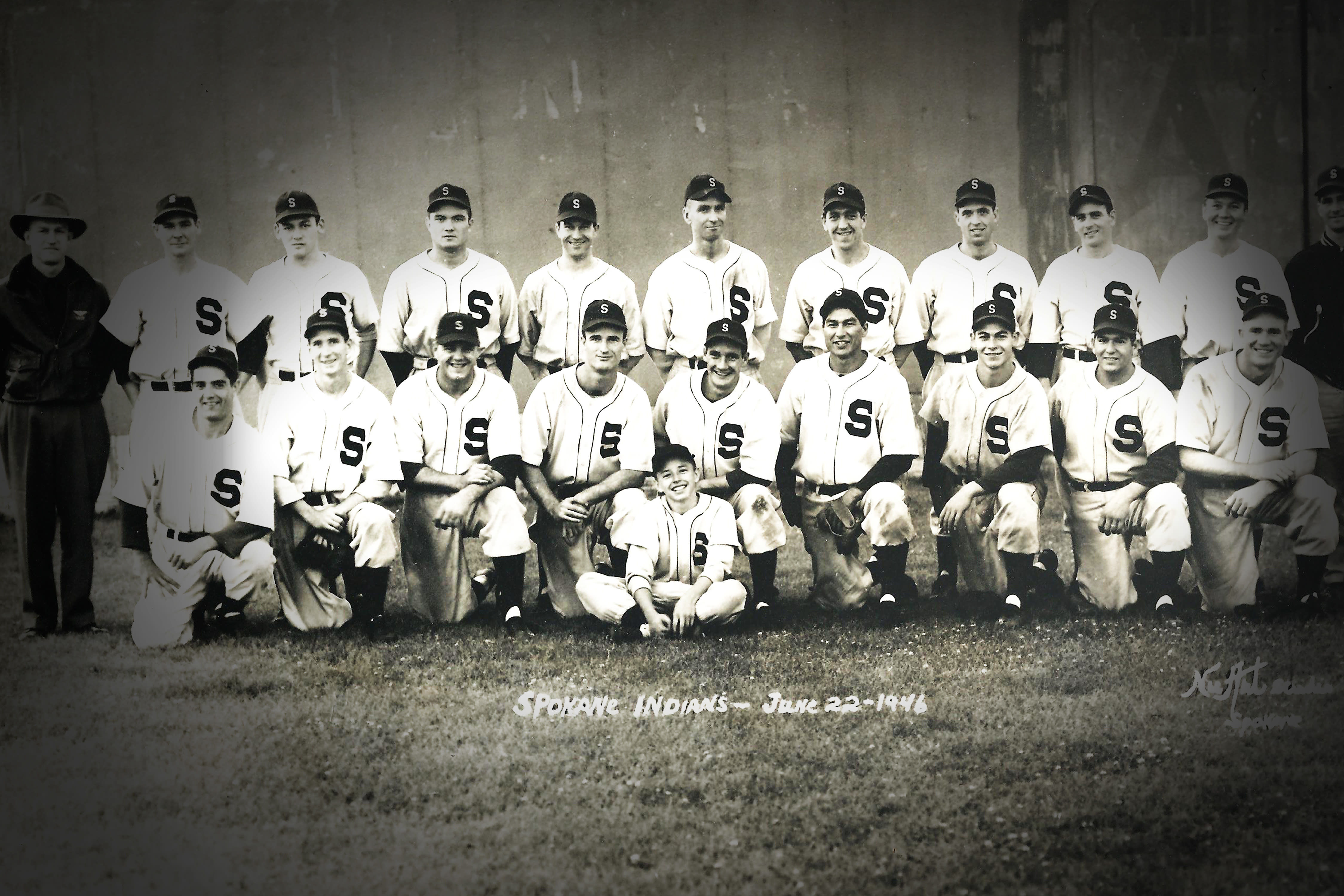A Lifeline for Coping with the Smoke

Image: Courtesy the publisher
You don’t expect the smell of campfire to attend your mornings in the glossy core of a major metropolis. But on many days over the past couple of weeks, Seattle has once again awoken to an odor long associated with outdoor revelry but now with the ominous, fiery conclusion of summer.
The source of the wildfire smoke, and our anxiety, is more immediate than in the past. Winds that once swept plumes from distant mountains now need only carry them a little down the road. Towns near the Bolt Creek Fire, the latest blaze to compromise our air, barely qualify as exurbs.
Like many in these parts, Madeline Ostrander only recently purchased a clunky window air conditioner to keep her West Seattle home cool. Still, when it’s smoky out, “it feels very claustrophobic,” she says.

This is not the idyllic Seattle summer she signed up for after moving here about 15 years ago. It’s not the one generations of families in the area remember, either. Climate change has compromised our physical environs and our familiarity with the places we hold most dear. It’s threatening our psychological security. “We are moving into an era defined by homesickness,” Ostrander writes in At Home on an Unruly Planet.
Published in August, the book frames climate change as an intensely personal experience, not solely a scientific phenomenon. Ostrander, a science journalist who has written for this magazine, sought a broader group of readers than just the environmental wonks who know all too much about disturbing carbon data and ocean acidification figures. She also wanted to reach the “substantial number of people who have not yet connected the dots and still think of climate change as a distant, faraway thing”—who hear “global warming” and think of melting glaciers and polar bears. The concept of home, as both a physical place and an emotional ballast, was a potential universal entry point.
She spent years researching and reporting in places across the country where a loss of home was felt most acutely. One of them was Washington’s Okanogan County. The Carlton Complex and Okanogan Complex fires scorched hundreds of thousands of acres there—and hundreds of houses—in 2014 and 2015.
Ostrander chronicles this destruction to the east, but she focuses largely on recovery in the months and years after catastrophes. And what the journalist found in small rural cities that needed to build back—remarkable community-led resilience—doubles as a lifeline for anyone trying to reckon with a more abstract erosion of home here in Seattle.
In Pateros, Washington, tight-knit community members with no training in the complex realm of disaster response managed to organize a recovery group that became a model for other towns across the West. They cleared debris, distributed donations, arranged for and even built housing. They understood that “there’s work to be done around me,” Ostrander says.
The area’s clear-eyed decision-making in the years after the blazes stemmed, in part, from a psychological shift. Locals understood that the flames would return, that fire would be unavoidable. To move forward, they’d have to simultaneously clean up from one disaster and ready themselves for the next.
They could also find solutions by looking to the past. Ostrander details, for instance, how tribes on the Colville Reservation have used controlled burns to prevent megafires for centuries. Now researchers are advocating for their deployment on a much broader scale.
The message is clear: We can live with the effects of climate change—and we will have to—but we can’t do it alone. “In a time when there are a lot of factors that push us to be more individualized, that push us to be more alone and isolated,” she says, “it's really important when we're dealing with crisis to try to connect to the people around us.”
It’s easy to close the windows and try to retreat from the world when you see rising Air Quality Index numbers and a flaxen sky. “Wildfires are terrifying, even when they're not happening right next to your community,” says Ostrander.
And on this side of the Cascades, we can expect them to continue to creep closer. There will be more smoke. More days inside. Adapting to our shifting sense of home will require more conversations with neighbors and collective action. Where does work need to be done? Who will need help the most?
Even when we are shut in, we can still reach out.




